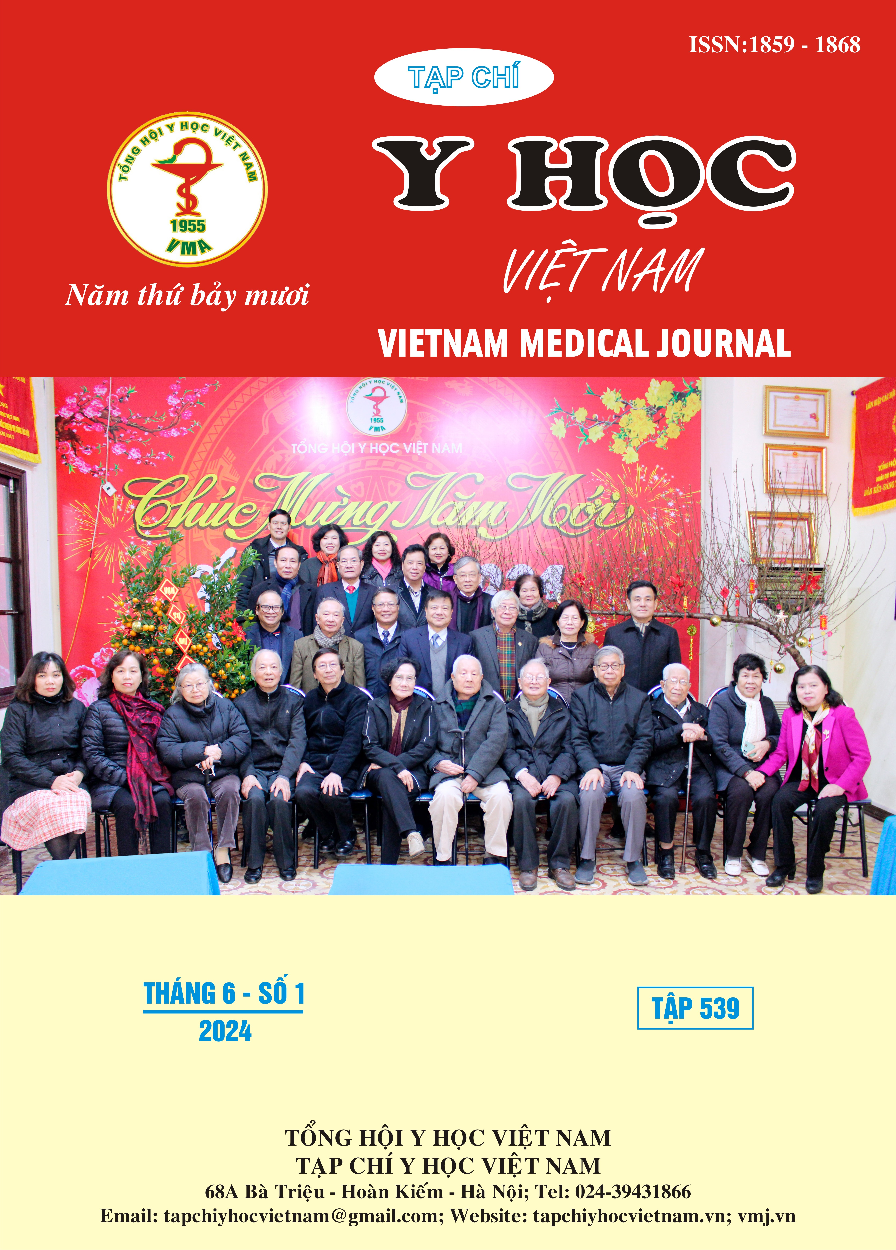CASE STUDY, SOME FACTORS RELATED TO TREATMENT COMPLIANCE IN TYPE 2 DIABETES PATIENTS RECEIVING OUTPATIENT TREATMENT IN BAU BANG BINH DUONG DISTRICT IN 2023
Main Article Content
Abstract
Background: Diabetes mellitus (DM) is a chronic carbohydrate metabolism disorder resulting from absolute or relative insulin deficiency. The disease is characterized by hyperglycemia along with metabolic disorders. metabolism of sugar, protein, fat, and minerals leads to damage in many different organs, especially the heart and blood vessels, kidneys, eyes, nerves, and complications of diabetic foot with an increasing number of people. causing many burdens for the entire society. In 2016, diabetes was the direct cause of 1.6 million deaths. According to statistics from the American Diabetes Association (ADA), in 2014 there were 387 million people with diabetes and it is estimated that by 2035 this number will increase to 592 million people. According to estimates, diabetes will be the leading cause of death by 2030. Objective: Determine the rate of treatment adherence and some factors related to type 2 diabetes in treatment patients. Outpatient treatment at Bau Bang District Medical Center, Binh Duong province in 2023. Research methods and subjects: Cross-sectional descriptive study with analysis of 190 diabetes 2 patients aged 18 years and older who are receiving outpatient treatment. residing at Bau Bang District Medical Center, Binh Duong Province. Results: The average age of the study subjects was 60.9 years old, the number of study subjects > 60 years old accounted for 57.9%, while the age group < 60 accounted for 42.1%, the incidence rate was 57.9%. The disease gradually increases with age group. The majority of the study subjects were of the Kinh ethnic group with a rate of 96.8%, the main education level was ≤ high school accounting for 84.2%, the time to detect the disease and the treatment time was from ≤ 5 years accounts for a high rate of 78.4%, while the time of disease detection and accompanying diseases of the research subjects mostly have 1 or more chronic diseases, accounting for 96.8%. Conclusion: Type 2 diabetes is a global emergency that requires alarm, the disease tends to increase rapidly and is getting younger. The rate of non-adherence to treatment among research subjects is very high, accounting for 81.6%, of which non-compliance with physical activity and nutrition accounts for high rates of 74.7% and 62%, respectively, first%
Article Details
Keywords
Type 2 diabetes, treatment adherence, outpatient treatment, Bau Bang Medical Center.
References
2. Nguyễn Thị Xuân Ái, Trương Thụy Kiều Oanh, Nguyễn Văn Tập (2015), "Tuân thủ điều trị đái tháo đường của người bệnh tại khoa nội tim mạch - nội tiết bệnh viện Bình Thạnh".
3. Bộ Y tế (2014), Hướng dẫn chẩn đoán và điều trị bệnh nội tiết-chuyển hoá, Nhà xuất bản Y học.
4. Bộ Y tế (2020), Hướng dẫn chẩn đoán và điều trị đái tháo đường típ 2, Hà Nội.
5. Đỗ Văn Doanh (2016), "Thực trạng tuân thủ điều trịcủa người bệnh đái tháo đường týp 2 ngoại trú tại bệnh viện tỉnh Quảng Ninh năm 2016", Tạp chí Khoa học Điều dưỡng, 2(2), 14-21.


